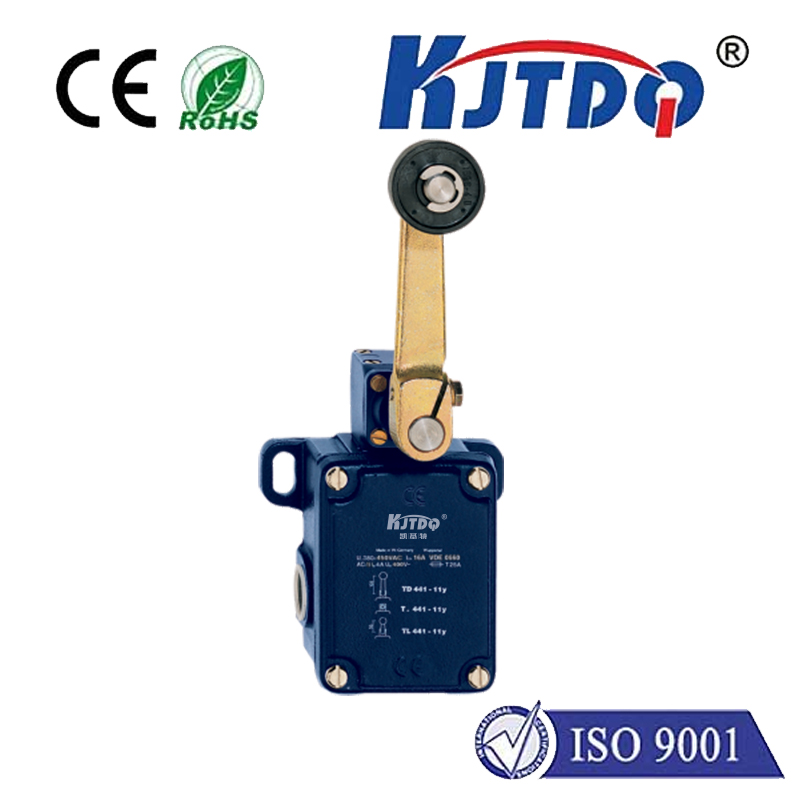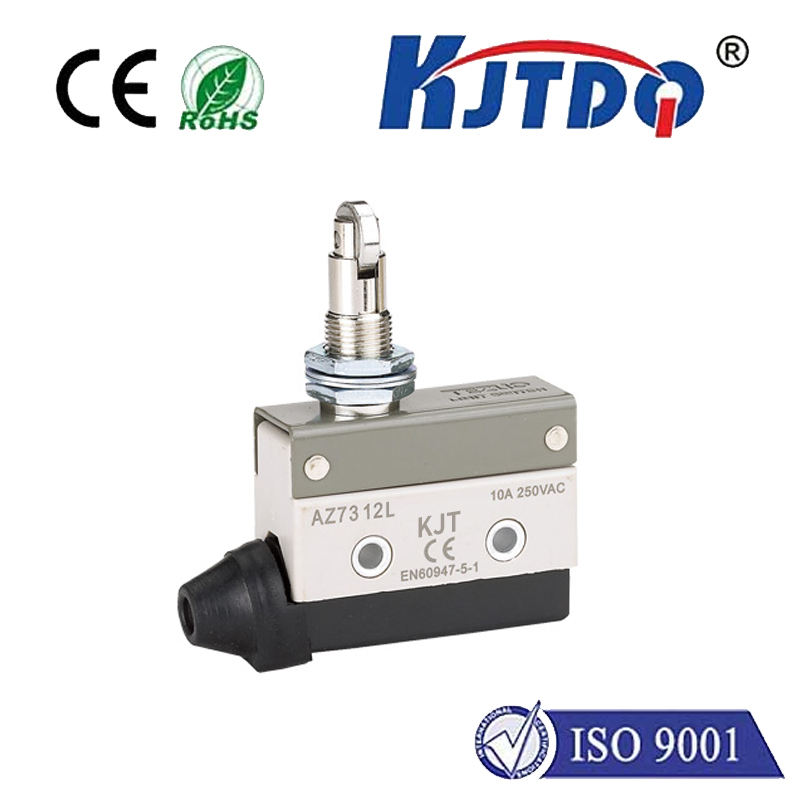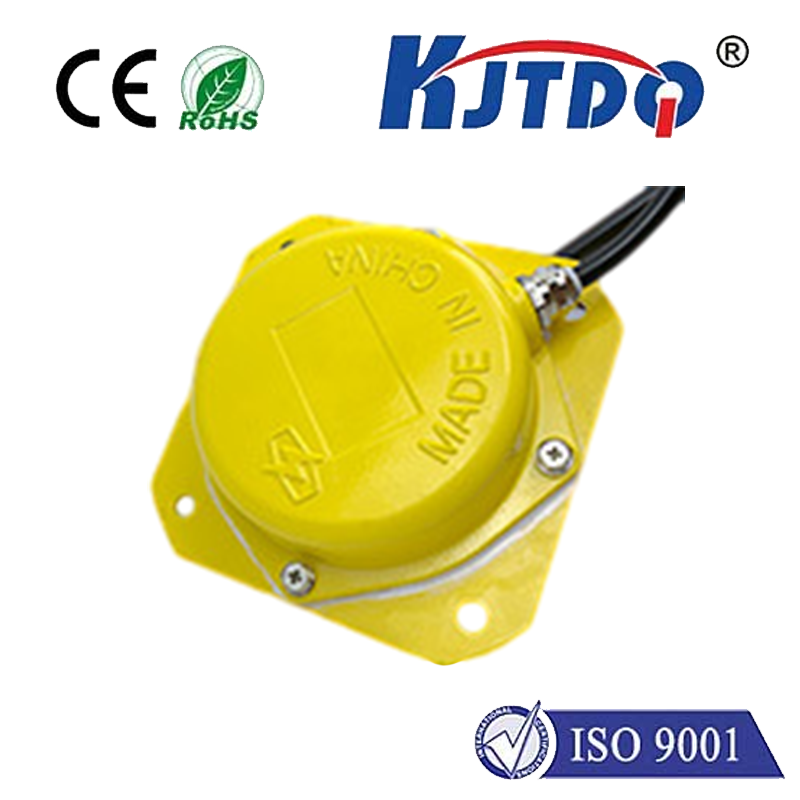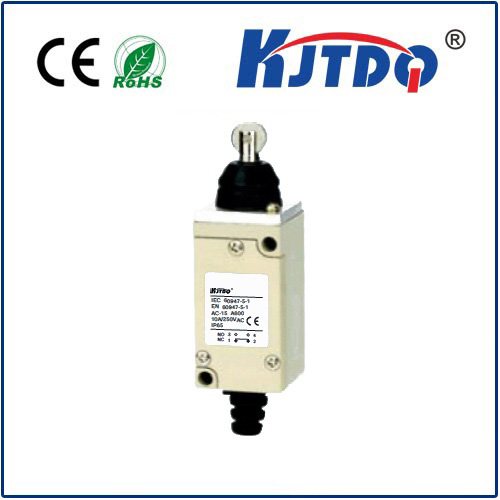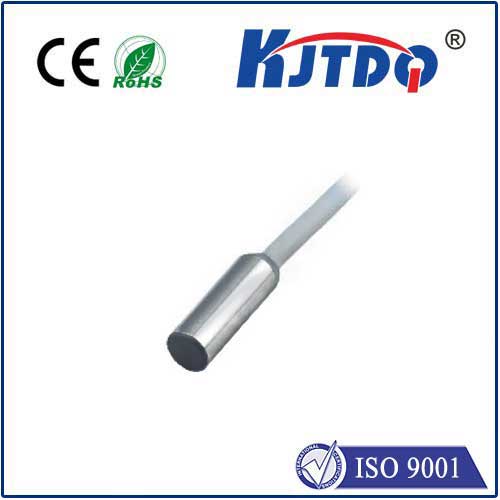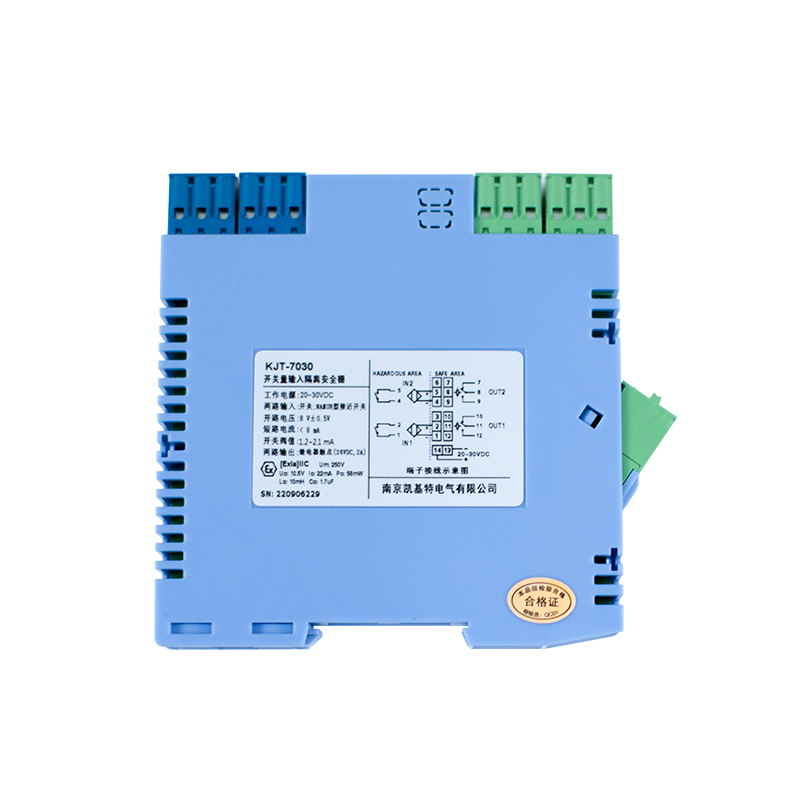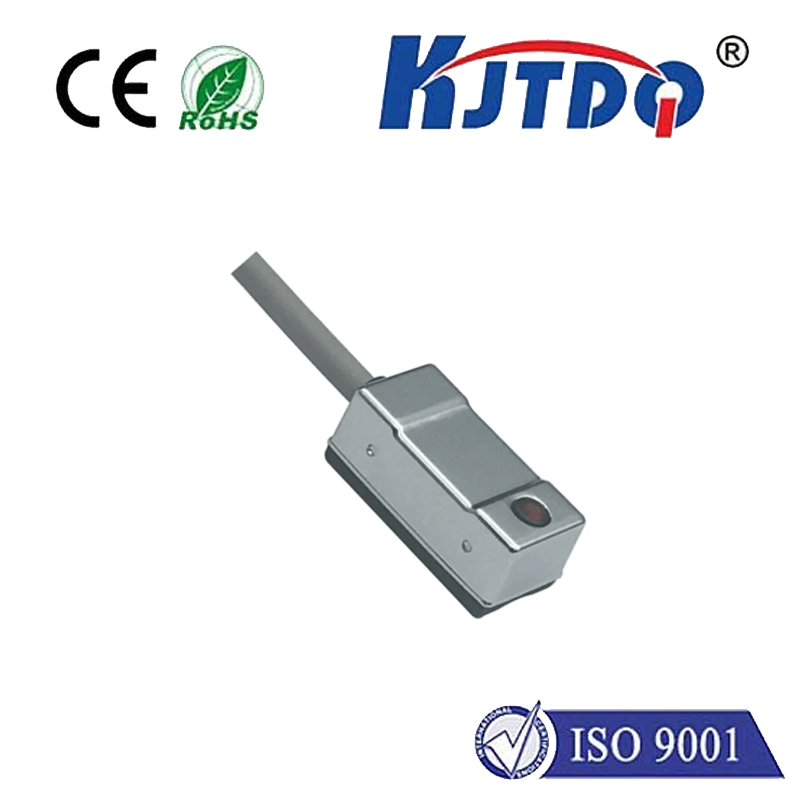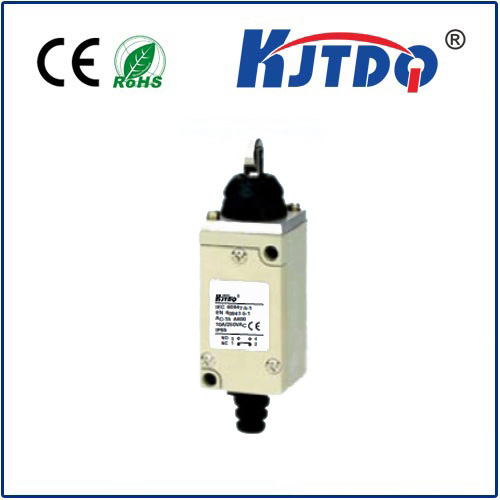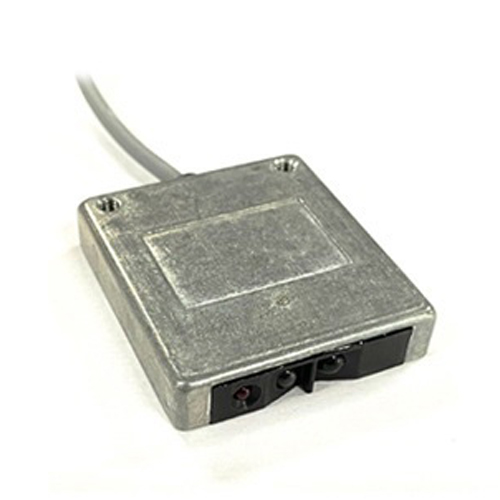

check

check

check

check

check

check

check

check

check

check

Small Capacitive Proximity Sensor: The Future of Smart Sensing In the ever-evolving world of technology, sensors play a crucial role in enabling intelligent systems to perceive and interact with their environment. One such innovative sensor is the small capacitive proximity sensor. This article delves into the working principle, advantages, and potential applications of this cutting-edge technology. The small capacitive proximity sensor operates based on the principle of capacitance, which measures the charge stored in a material when an electric field is applied. Unlike other types of proximity sensors that rely on magnetic or optical signals, capacitive sensors use electrostatic fields to detect the presence of objects. When an object comes close to the sensor, it alters the electrostatic field, causing a change in capacitance. This change is then converted into an electrical signal, which can be processed by a microcontroller or other electronic systems. One of the key benefits of the small capacitive proximity sensor is its size. As the name suggests, these sensors are compact and lightweight, making them ideal for use in space-constrained applications. They can be easily integrated into various devices, from smartphones and wearable gadgets to industrial machines and robotics systems. Additionally, their small size makes them less obtrusive and more aesthetically pleasing than larger sensors. Another advantage of the small capacitive proximity sensor is its sensitivity. These sensors can detect even subtle changes in capacitance, allowing them to accurately sense the presence of objects from a distance. This level of sensitivity enables them to differentiate between different materials and thicknesses, providing more precise data for system operators. Furthermore, capacitive sensors are immune to electromagnetic interference, making them reliable in harsh environments where other types of sensors may struggle. The applications of small capacitive proximity sensors are vast and varied. In the automotive industry, they are used in airbag deployment systems, park assist mechanisms, and seat occupancy detection. In consumer electronics, they are incorporated into touch screens, gesture recognition systems, and proximity alarms. In industrial automation, they find use in fluid level measurements, object presence detection, and quality control processes. The versatility and adaptability of these sensors make them suitable for numerous other applications across different industries. In conclusion, the small capacitive proximity sensor represents a significant advancement in smart sensing technology. Its compact size, sensitivity, and immunity to electromagnetic interference make it an ideal choice for a wide range of applications. As we continue to push the boundaries of innovation, the small capacitive proximity sensor is poised to play a vital role in shaping the future of intelligent systems and autonomous devices.
